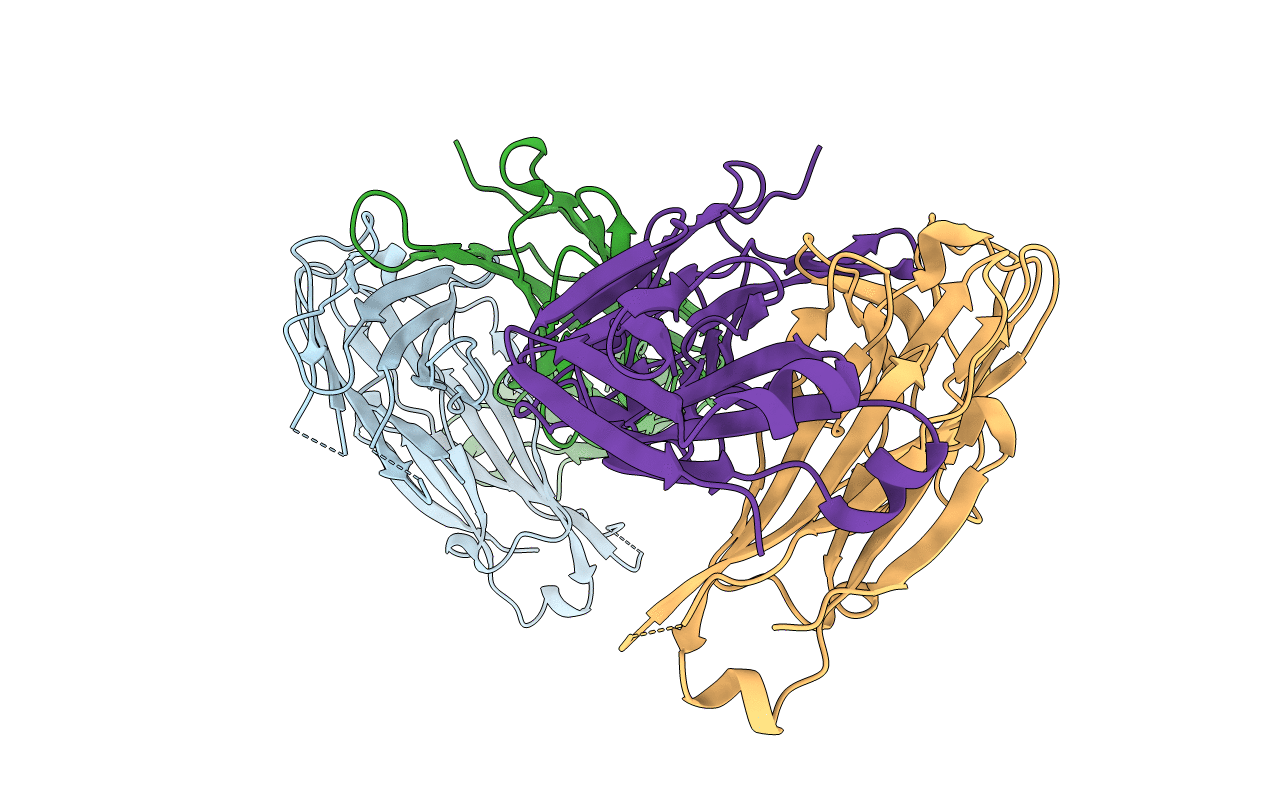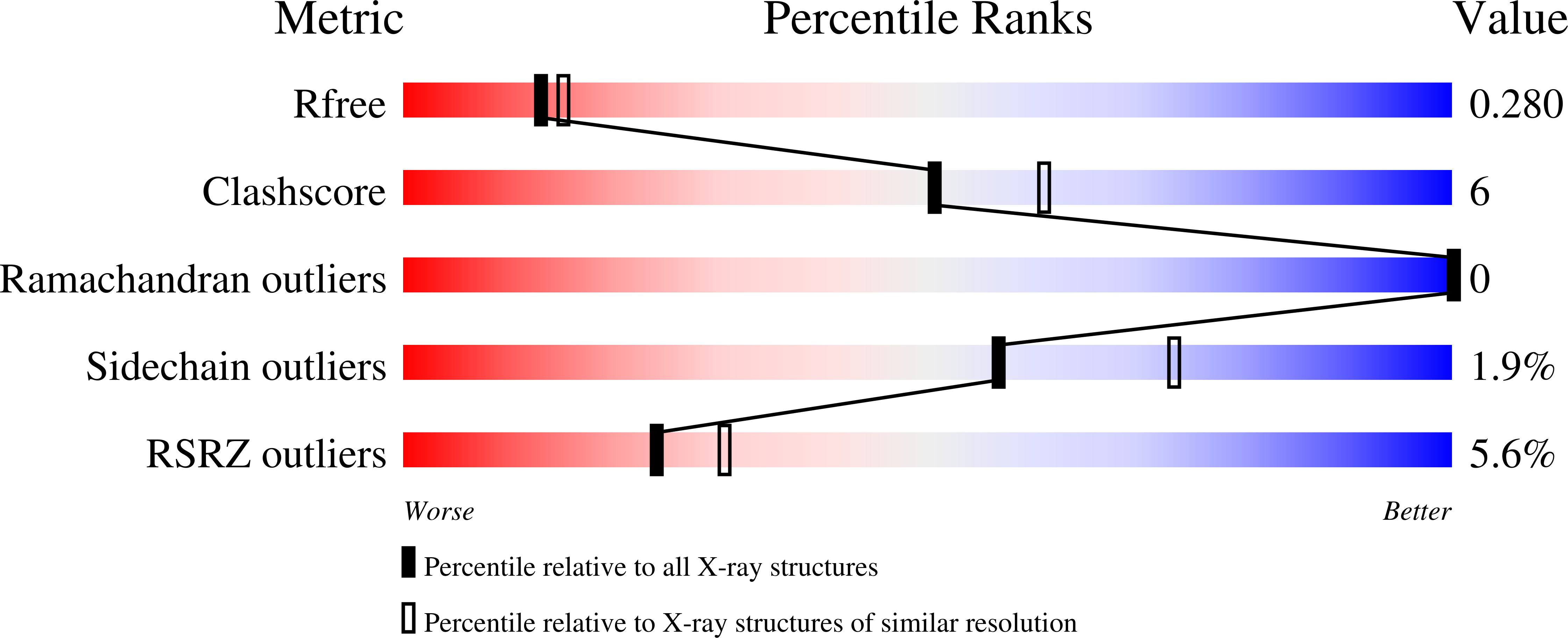
Deposition Date
2016-06-13
Release Date
2017-01-25
Last Version Date
2024-11-20
Entry Detail
PDB ID:
5KG9
Keywords:
Title:
Crystal structure of the gp120 v2 antibody RE505-22 Fab from IGH- and IGK-humanized mouse
Biological Source:
Source Organism:
Mus musculus, Homo sapiens (Taxon ID: 10090, 9606)
Host Organism:
Method Details:
Experimental Method:
Resolution:
2.30 Å
R-Value Free:
0.28
R-Value Work:
0.24
R-Value Observed:
0.24
Space Group:
P 21 21 21


